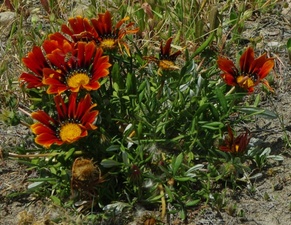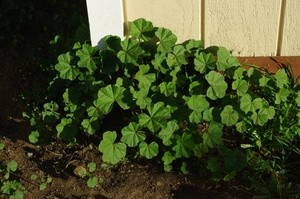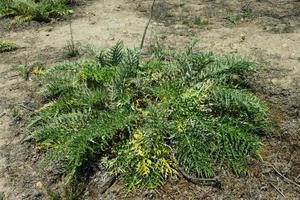Giving Conservation a Helping Hand
by Susan Lewitt & Peter Tobias
Several October events help conservation efforts in San Diego and throughout the world and support biodiversity. Why is biodiversity important? Biodiversity is like a safety net. In an ecosystem where many species fill overlapping niches, biodiversity allows systems with one or two failing species to stay balanced. In a system where there are few species, if one or more species fail or disappear, disruption of the ecosystem is certain. An example of no biodiversity would be a farmer with a single crop, perhaps corn. This farm is an ecosystem. If this crop fails, it could wipe out the farm. If the farmer were to plant a variety of crops, loss of any one would be much less damaging. Concern for biodiversity is concern for the natural environment, not a farm’s artificial one. For example, Torrey Pines State Park has lost many of its namesake trees to drought and insects in recent years. Nevertheless, the park itself is still a fairly robust example of coastal sage scrub. However, if more and more species start to disappear decreasing biodiversity, that will start to endanger the survivability of the remaining flora and fauna.

Many nursery plants are invasive species. They may be desirable garden plants because they have few local enemies, thrive with little rainfall, and sprout from seed faster than natives easily spreading into natural areas. They compete very successfully for limited nutrients, form a mat smothering later sprouting seeds, or in other ways take away habitat from our many beautiful native plants. To prevent this problem, know what you are planting. If you must plant exotic plants, please consult websites like Calflora (www.calflora.org) and CAL-IPC (www.call-ipc.org) which have plenty of information on troublesome invasive plants. For gardeners and people working in natural areas,CAL-IPC Annual Invasive Weed Symposium coming to San Diego, October 28-31, 2015 is an eye-opening event. “Join fellow land managers, researchers, and conservationists to catch up on the latest findings in invasive plant biology and management.” There is also training and field trips.

What should you plant instead? Water districts recommend succulents and artificial turf. The best choice is native species, which attract native pollinators and help maintain San Diego’s biodiversity. Native plants will be sold at California Native Plant Society’s Native Plant Sale, October 17, Casa del Prado courtyard by SD Natural History Museum, Balboa Park, from 11 am to 3 pm opening at 9 am for members 10am for the general public. See www.cnps.org for details.
Throughout the world, native plants struggle with problems including invasive plants, loss of habitat and over-collecting. The San Diego County Orchid Society’s Conservation Committee works to help rare orchids in their native habitats. Funds are raised year round at events including the SDCOS Fall Orchid Show and Sale, Saturday October 24, 12-5 pm & Sunday October 25, 10am-4pm in Casa del Prado, Balboa Park, room 101. For more information visit www.sdorchids.com

About once a year members of SDCOS’s Conservation Committee get together to review the merits of grant applications sent in to them from all over the world and choose which ones to fund. These applicants request help with preserving orchids in the wild, research on orchid species, and public education on orchid conservation. “Since 1991, the San Diego County Orchid Society has awarded nearly $165,000 to projects in 21 different countries.” (www.sdorchids.com/ConsAwards.html) Many of these grants go to groups and individuals in the US such as the San Diego Zoo but most go to organizations overseas.

Help preserve biodiversity by participating in these events. Learn more about biodiversity, preventing the spread of invasive species and start making your yard beautifully eco-friendly.




